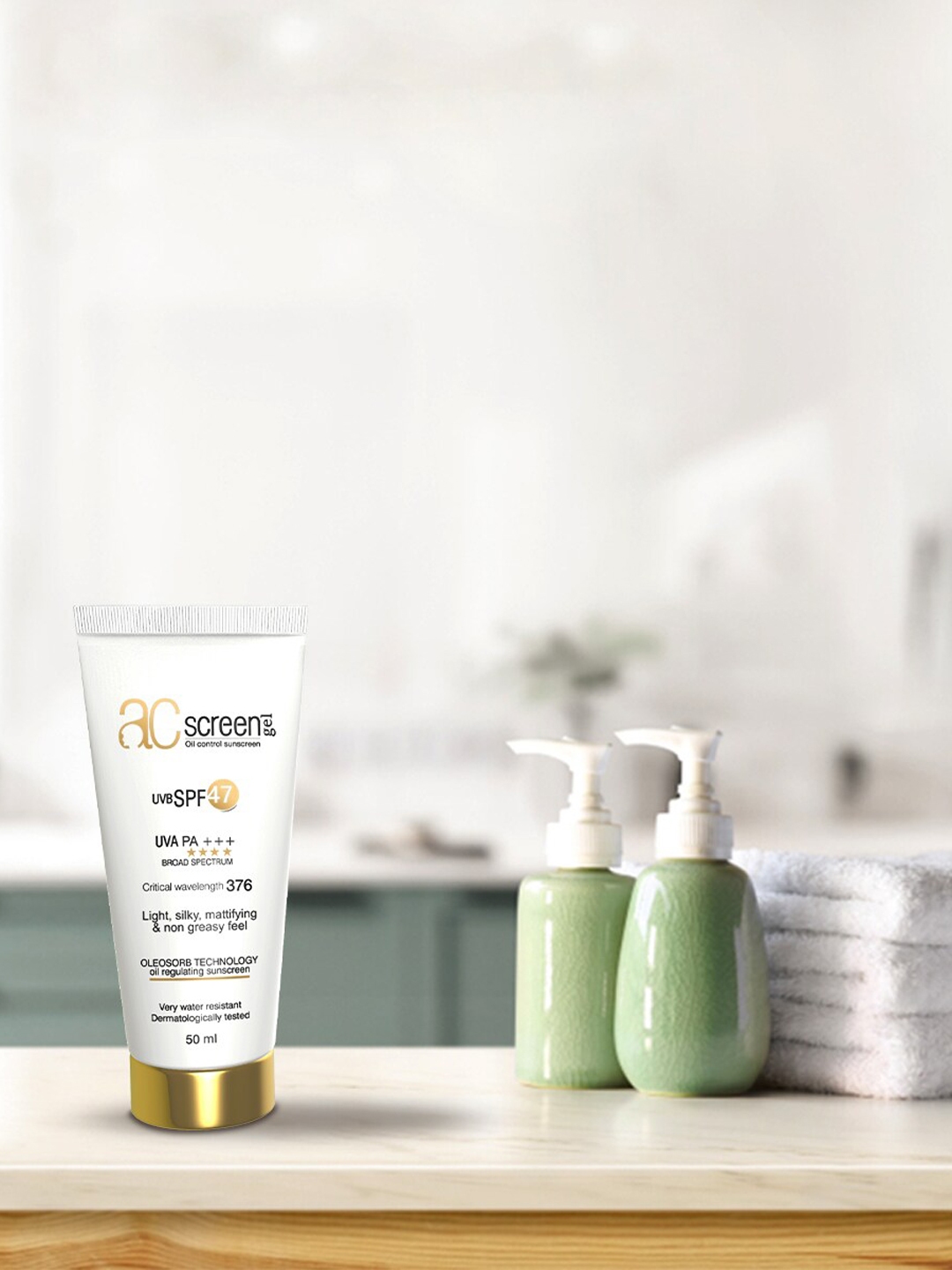

Eltamd mineral sunscreen free#
Type: Mineral | Active Ingredients: Zinc oxide | SPF: 50 | Size: 3.4 oz | Free of: Parabens, octinoxate, oxybenzone | Water-Resistant: Up to 40 minutes | Cruelty-Free: No
Eltamd mineral sunscreen skin#
We also appreciated that it sat perfectly under makeup, without pilling or leaving the skin greasy. Give it a good shake before applying, then prepare to be amazed by how quickly and easily it disappears.Īfter wearing it ourselves for multiple weeks, we loved how light and liquidy the texture was, making it easy to both apply and reapply throughout the day.

“This ultralight zinc sunscreen absorbs so well it’s often hard to believe it contains zinc,” she says. It’s also a favorite of Garshick, who loves its absorbency. One of our perennial go-to’s, this formula uses straight-up zinc oxide for powerful protection and also contains DNA repairsomes, ingredients that help reverse previous sun damage (ideal if you haven’t been so on top of your sunscreen game in the past). Some people find that it smells a bit off | Free of: Fragrance, silicone, sulfates, drying alcohols, chemical sunscreens | Cruelty-Free: Yes Type: Mineral | Active Ingredients: Zinc oxide | SPF: 30 | Size: 1.7 oz. We loved that it didn't get dry or pill as the day went on, and it rinsed off easily with our normal face cleanser. When we tried it ourselves, we noticed that it had a lightweight feel and a moist texture, so it didn't leave any streaks and absorbed quickly into the skin. We love that it's not greasy, but those with dry skin will probably want to apply a nice layer of moisturizer before using this formula. Plus, it's relatively affordable and easily accessible, making it an excellent value. It's light and comfortable on the skin, and it also has a minor green tint to it that helps to counteract redness in the complexion. This formula is a great option for people with acne-prone skin because it's formulated with 100 percent non-nano zinc oxide and it's not at all thick or greasy. Sunscreens and acne-prone skin often don't get along due to excess oil and irritation that many formulas create for those who deal with consistent breakouts. We also took the recommendations of board-certified dermatologist, Marisa Garshick, MD into consideration to bring to you a well-rounded list. We evaluated them based on each formula's texture and feel and how well it protects the skin from sun damage. We went to work researching and trying a handful of top-rated mineral-based sunscreens spanning a range of budgets, skin types, and concerns-testing them in our lab in NYC as well as for weeks at home. Mineral formulas also have the benefit of being much less irritating, especially if your skin skews toward sensitivity. On the other hand, the two most commonly used mineral ingredients, titanium dioxide, and zinc oxide, are both sunscreen ingredients the FDA has deemed to be generally safe and effective. Chemical blockers have come under some scrutiny as of late, due to recent findings concerning the efficacy of chemical ingredients and how much of them penetrate the bloodstream. Mineral sunscreens are physical blockers, which deflect the rays away from the skin opposed to chemical options, which absorb UV rays.

If your daily activities include swimming or getting a sweaty workout in, water-resistant formulas will be essential to slather on-reapplying every hour or so to ensure continuous coverage. Make sure your mineral sunscreen pick has a broad-spectrum formula that protects against both UVA and UVB rays and has at least an SPF of 30.

It’s imperative that you find a sunscreen you like and are going to use. Their main downside is that they can leave more a white cast, compared to chemical formulas, which tend to rub in more easily.When it comes to sunscreen, the absolute most important thing is that you’re using one. For people with sensitive skin, it’s often recommended that you go with a physical blocker, as they’re less likely to cause irritation. Or as Galaria sums up nicely: “Physical sunscreens act like a shield, while chemical sunscreens act like a sponge.” Both are good choices, so it’ll come down to whichever type you’re most likely to use regularly. In contrast, chemical sunscreens soak into the skin and absorb UV rays before they can cause damage to the surrounding skin cells. It’s like a protector that sits on your skin,” explains Kim. “Physical sunscreens have UV filters such as zinc oxide and titanium dioxide that physically block the UV rays from damaging the skin. There are two different types of sunscreens that do this: physical and chemical. “The goal of all sunscreens is to prevent UV rays from the sun from reaching our cells and damaging them,” says Galaria.


 0 kommentar(er)
0 kommentar(er)
